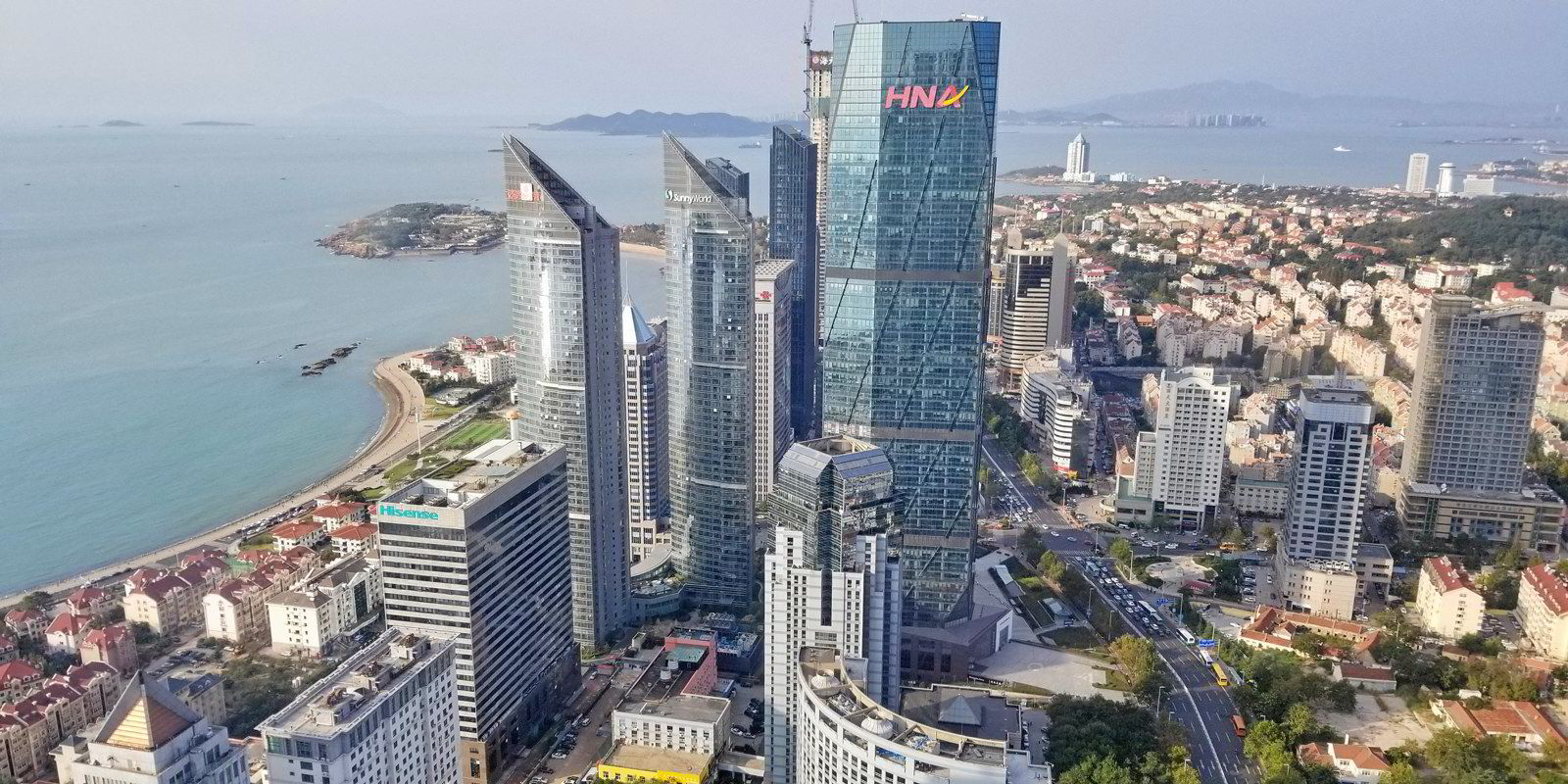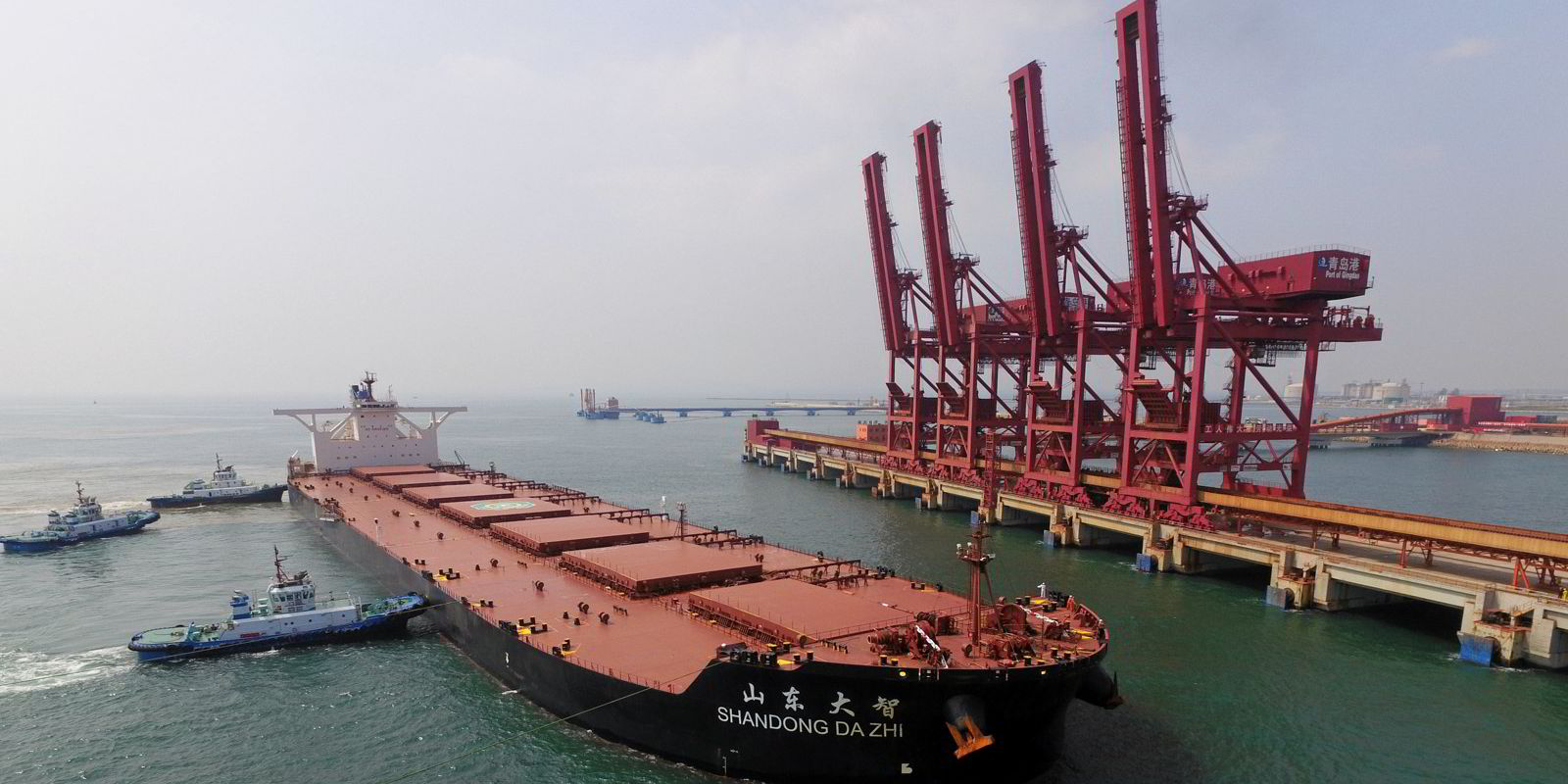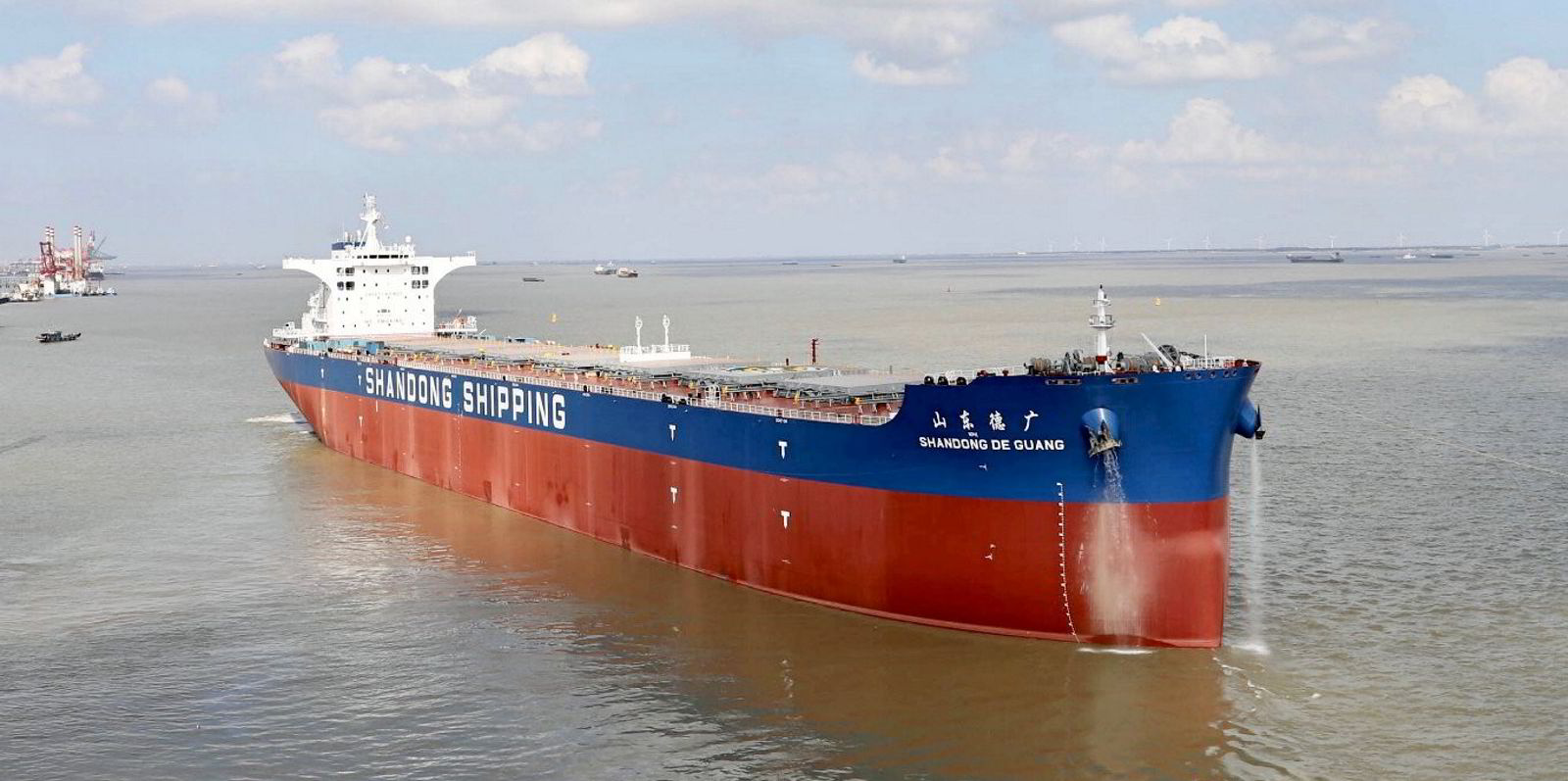A recent string of bulker sales by China's Shandong Shipping is aimed at a bigger goal than fleet renewal, according to well-informed sources. The indirectly state-owned company is reviving its shelved plans to go public and list on the Hong Kong Stock Exchange.
TradeWinds first reported in 2013 that Shandong Shipping was aiming at an initial public offering in Hong Kong. The plans resurfaced in 2019, when it delisted from China's over-the-counter National Equities Exchange And Quotations exchange in preparation for greater things.
Shandong Shipping did not immediately respond to requests for comment. But sources briefed by the Qingdao-based shipowner told TradeWinds that a recent string of ship sales are intended to boost the balance sheet ahead of a planned IPO.
In October and November, Shandong Shipping disposed of two supramaxes and two panamaxes in the prime of their trading lives, bringing in about $70m for the four 2011 and 2012-built ships, some with charters back.
But balance-sheet exercises are only one side of the plan. Shandong Shipping is planning to expand beyond its current bulker and tanker limits and add more specialised tonnage — possibly heavylift multipurpose (MPP) ships — for the sake of a less volatile revenue stream.
Preparations for the planned IPO will take time, and one source with close ties to Shandong Shipping told TradeWinds that the company would not rush to add MPPs or other specialised tonnage as a new business line.
Shandong Shipping, founded in 2010 with backing from a group of provincially-owned industrial companies, has its roots in dry bulk and is in its current form a bulker and product tanker-owning unit of Shandong Marine Group.
That parent company separately includes VLGC owner Pacific Gas and an offshore shipping subsidiary. All branches are ultimately controlled by and report to Shandong Ocean Investment, a consortium of province-owned industrial companies based in the inland provincial capital of Jinan. The current chairman of the company is Bao Jianying.

Shandong Shipping has close links to raw materials importers in the industrially important province. Because of its ties to steel makers, it was able to play a significant role in resolving the stand-off between Brazilian miner Vale and Chinese shipowner Cosco at a time when Cosco had persuaded Chinese authorities to ban Vale's 400,000-dwt Valemaxes from Chinese ports.
Shipping data provider VesselsValue currently lists Shandong Shipping with a fleet of 29 ships worth an estimated $1.64bn.
The fleet is mostly bulkers from supramax to capesize but also includes 11 MR product tankers. Four newcastlemaxes and six kamsarmaxes are on order from Chinese yards, mostly for delivery next year.
Beyond that directly controlled fleet, Shandong Shipping itself also has significant joint venture holdings in dry bulk.
Its majority-owned joint venture with Transcenden, Singapore-based SDTR Marine, owns a fleet of 14 kamsarmaxes. In the capesize space, its three-way partnership with Taiwan's Eddie Steamship and a mainland financial owner has now built up a fleet of five chartered-in capesizes and is looking to expand further.




